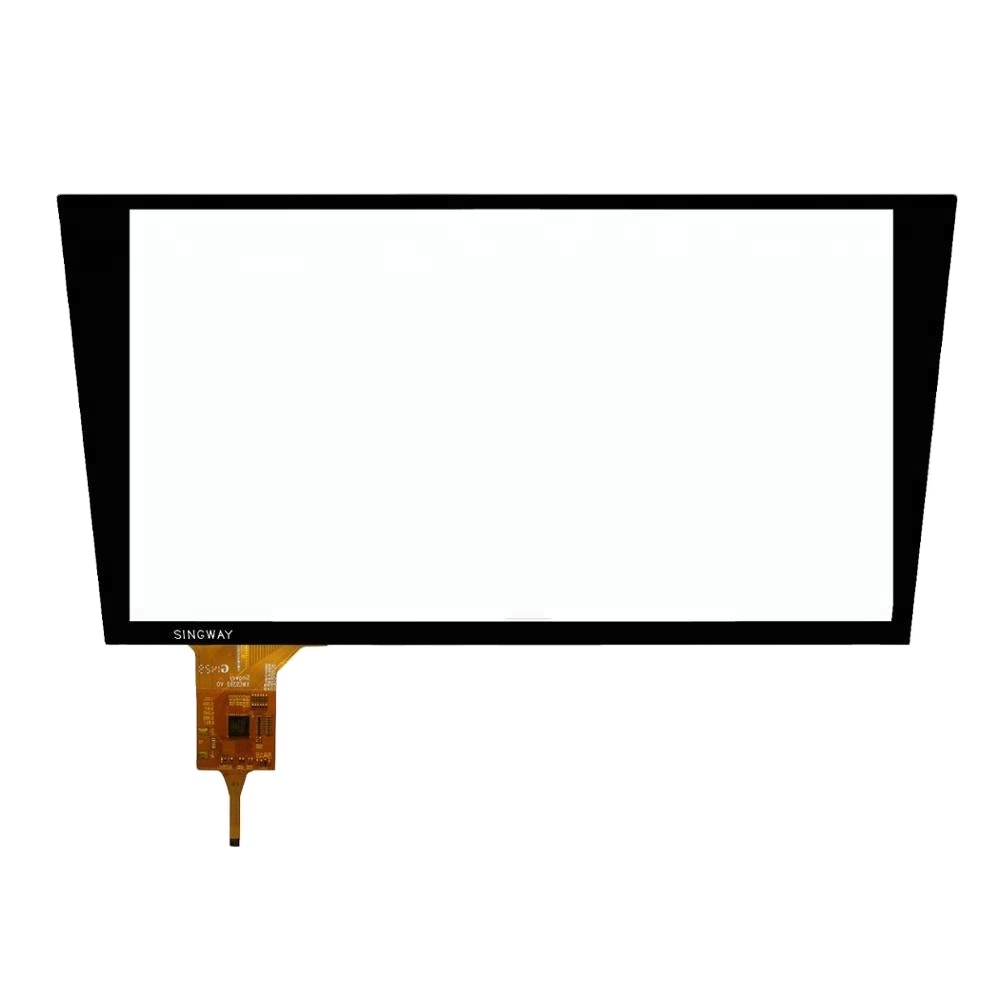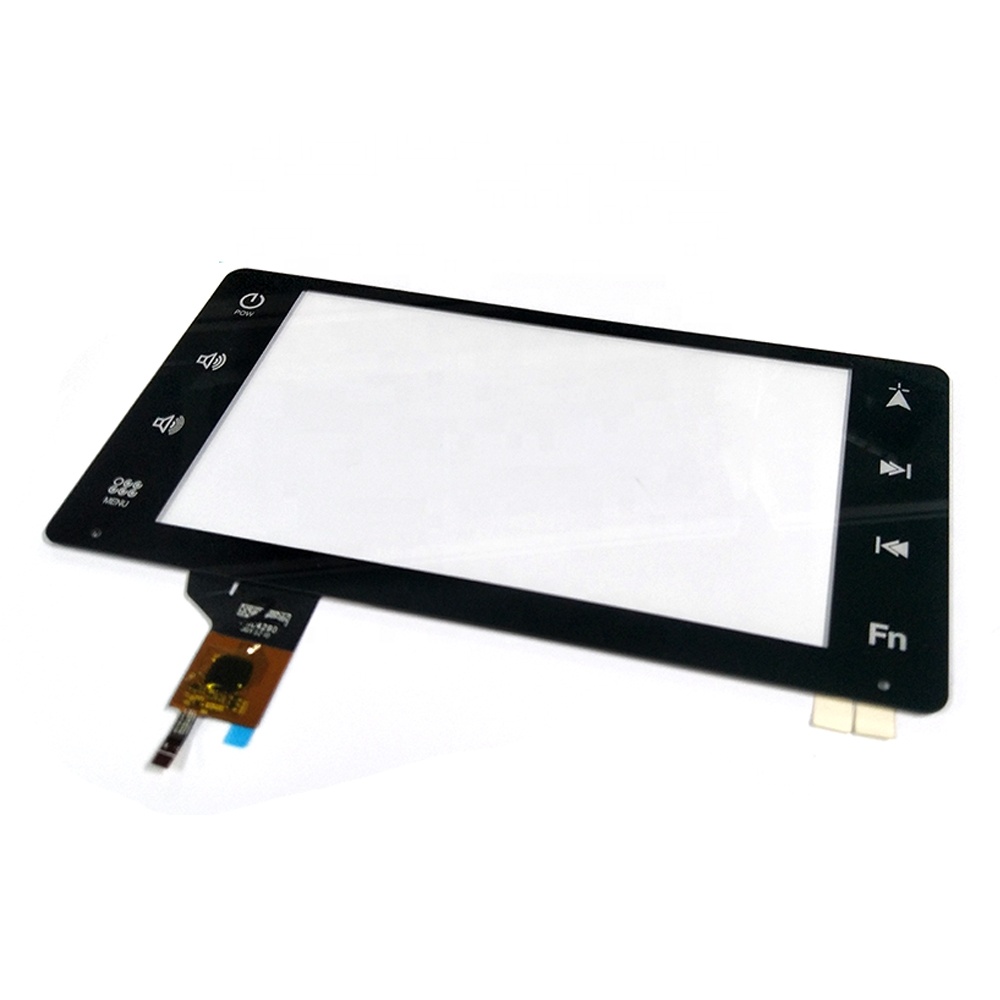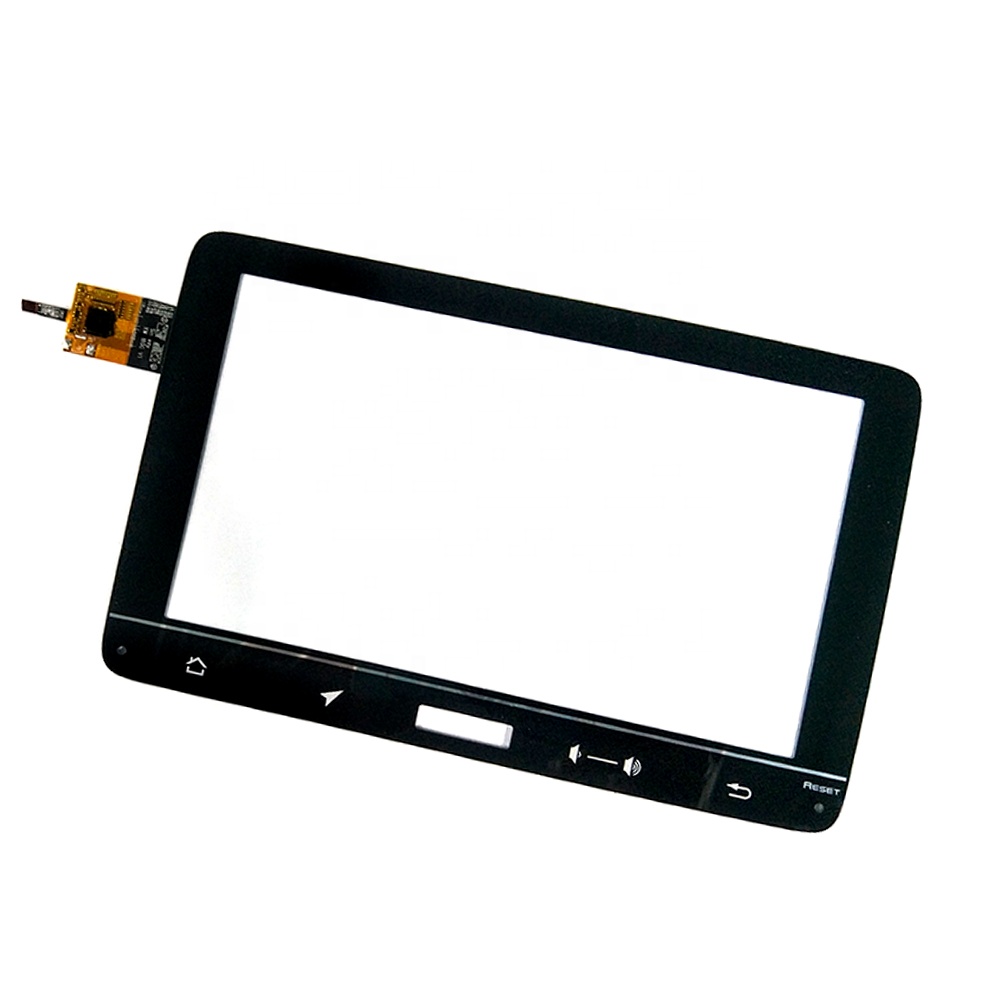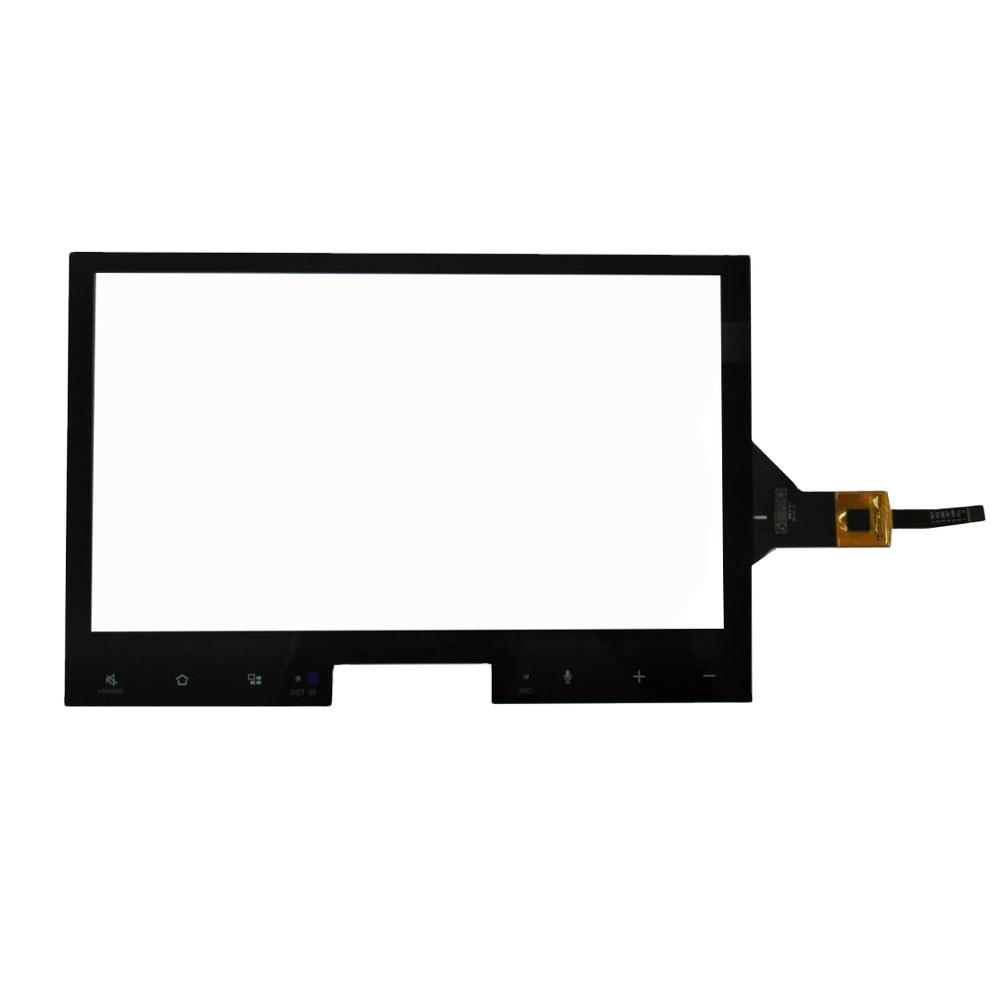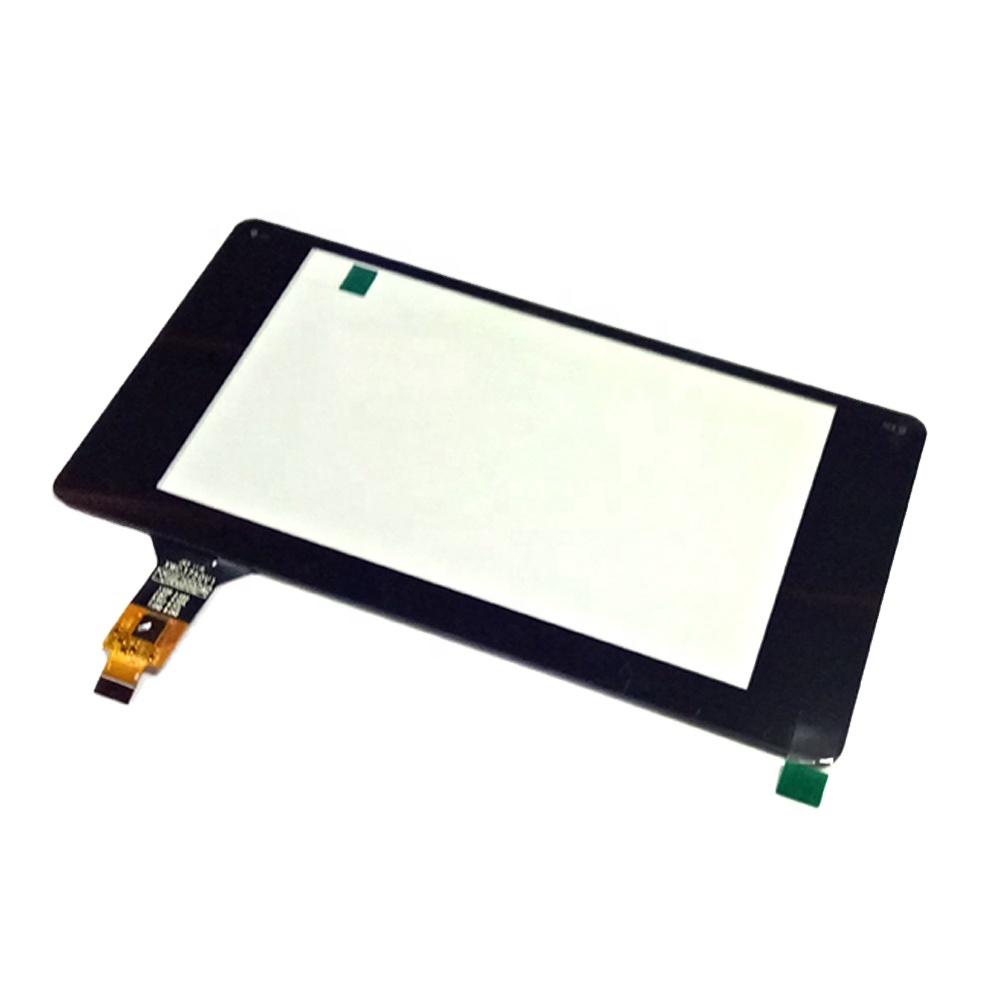Capacitive Touch screen
Capacitive Touch screen
Working Voltage: 2.8V-5.5V DC
Light Transmittance: 86-88%
Structure: PMMA/PET/GLASS+OCA+GLASS/GFF/GF
Input: Stylus or Finger Contact Bounce
Time: <3ms
Resolution: 4096*4096 (According to the resolution of LCD)
Type of Glass: Common, Chemical, Tempering
Contact point: Max10
SurfaceHardness: 6H/7H
Life Expectancy: >100 Million Times
Operation Force: Capacitance Induction, no operating force required
Operation Temperature: -20℃-+70℃
Storage Temperature: -30℃-+80℃
Glass Thickness: 0.4mm 、0.55mm、0.7mm、1.1mm、1.8mm
Interface: IIC、USB
Product description
Product parameters
Capacitive touch screen (capacitive touch screen) is a touch screen technology widely used in various electronic devices. Its main uses and advantages are as follows:
purpose
① Smartphones and tablets: Capacitive screens are the main touch technology for modern smartphones and tablets, providing a smooth user experience.
② Computer monitor: Some touch screen computers and all-in-one machines use capacitive screens to achieve more intuitive operation.
③ Self service terminals: Capacitive screens are widely used in public service equipment such as ticket vending machines and information inquiry machines.
④ Industrial equipment: used for industrial control panels and equipment operation interfaces, providing convenient user interaction.
⑤ In household appliances such as smart refrigerators and washing machines, capacitive screens are used to control and display operational information.
⑥ Automobiles: Capacitive screens are also commonly used in the central control display screens and navigation systems of modern cars.
⑦ Medical equipment: In some medical instruments, capacitive screens are used for user interfaces, making it convenient for doctors and nurses to operate.
advantage
① High touch sensitivity: The capacitive screen can detect slight touches, with fast response speed and better user experience.
② Multi touch: Supports multi touch, allowing users to perform multiple gesture operations simultaneously, such as zooming, rotating, etc.
③ Strong durability: The surface of capacitive screens is usually made of glass material, which is wear-resistant, scratch resistant, and has a long service life.
④ High clarity: Capacitive screens have high light transmittance, clear display effects, and bright colors.
⑤ Easy to clean: Due to its smooth surface, the capacitive screen is easier to clean and suitable for use in public places.
⑥ No pressure required: Unlike resistive screens, capacitive screens can be touched without applying pressure, making operation easier.
⑦ Support handwriting input: The capacitive screen can be used in conjunction with a stylus, making it suitable for applications that require handwriting input.
In summary, capacitive screens have become an indispensable part of modern electronic devices due to their excellent performance and wide range of application scenarios.


